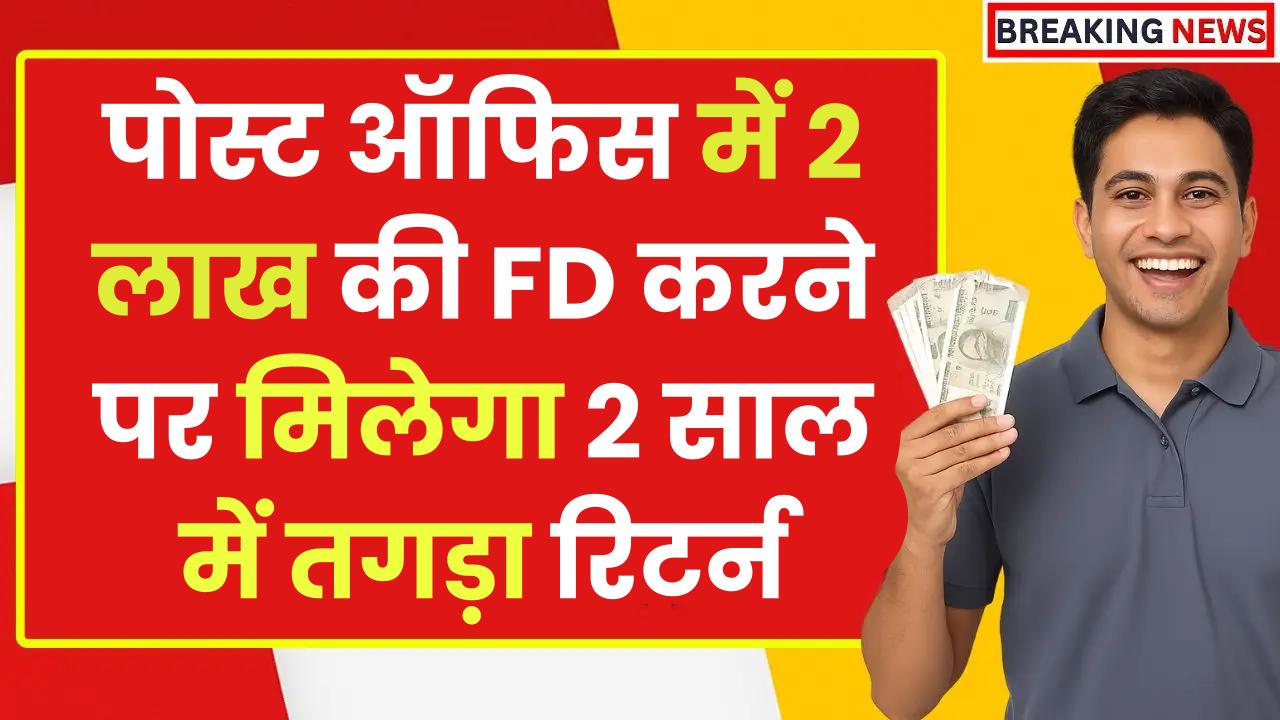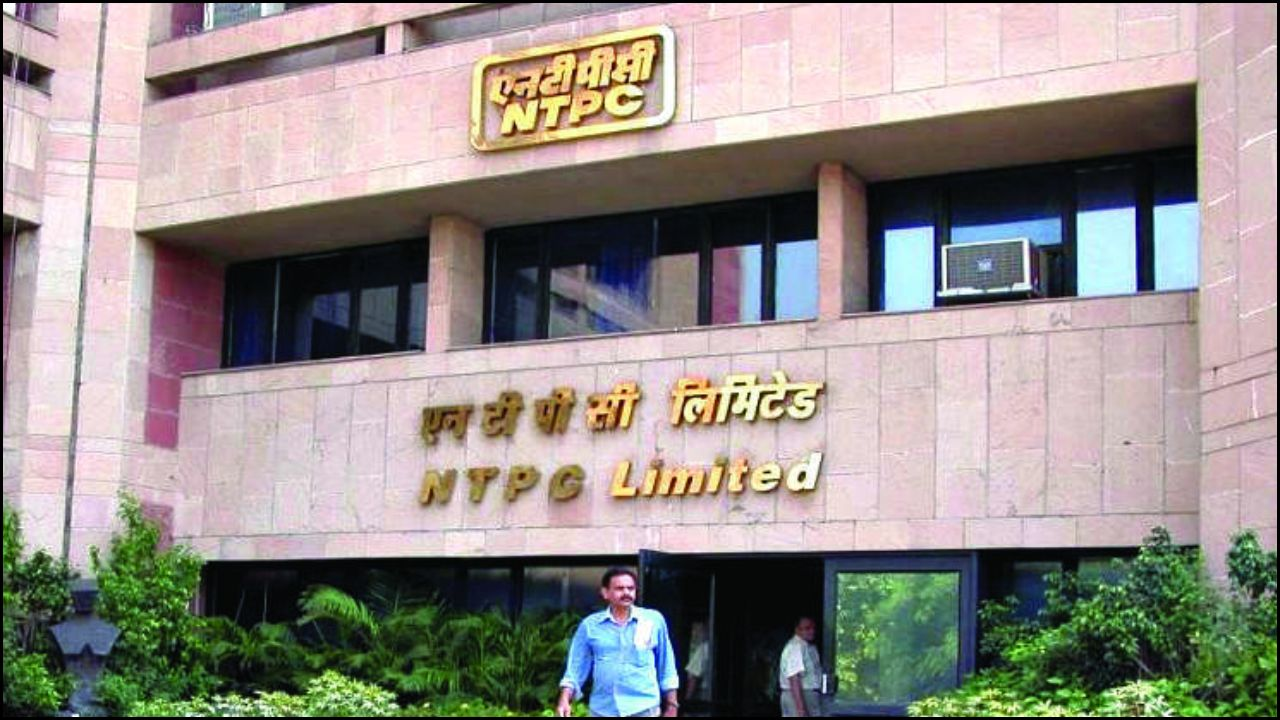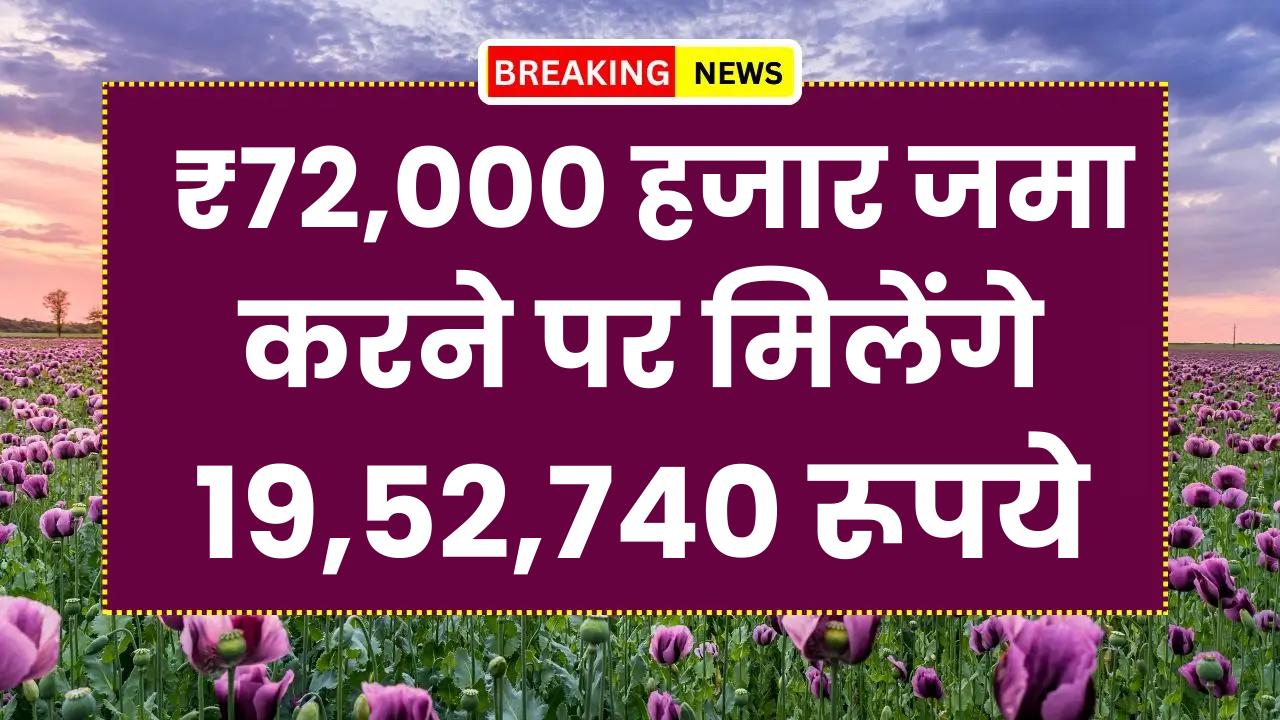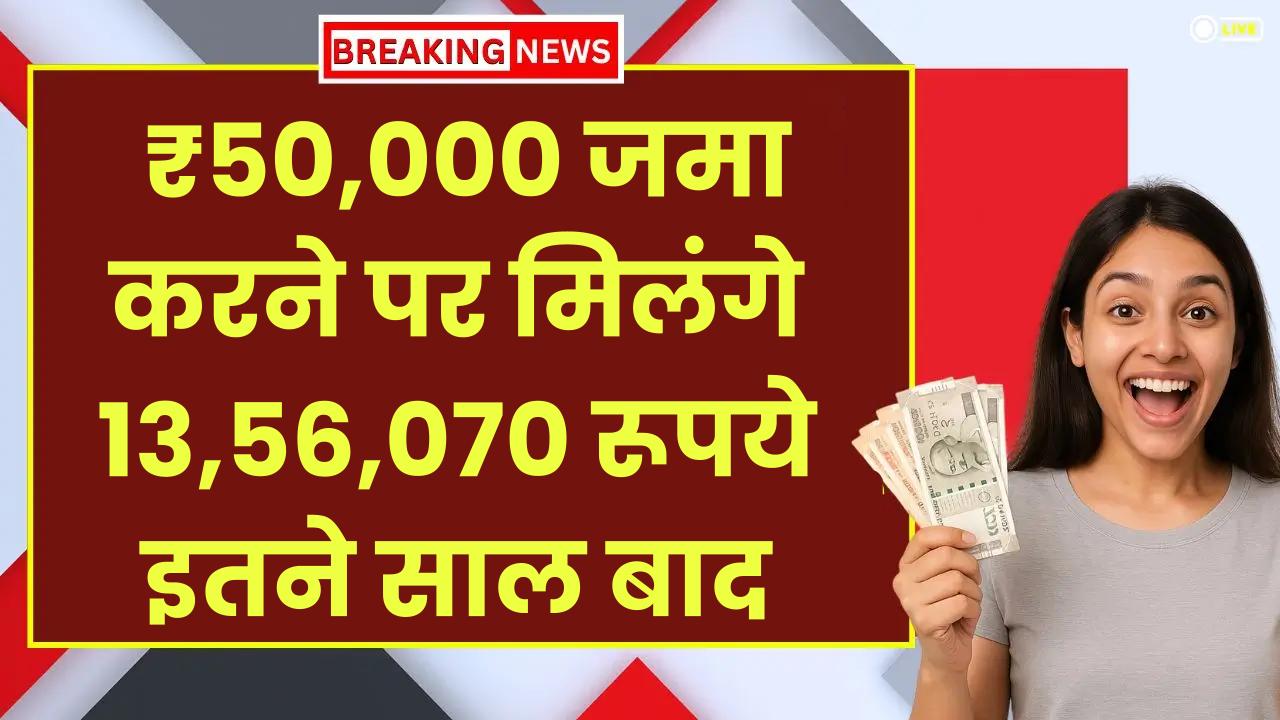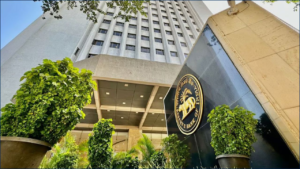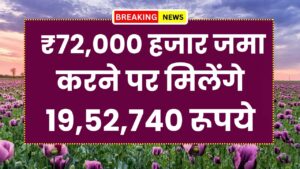In a major development for India’s digital economy, the Reserve Bank of India (RBI) has laid out new directives for payment authentication, set to replace the long-standing reliance on SMS-based One-Time Passwords (OTPs). These changes, effective from April 1, 2026, are designed to significantly upgrade the framework for digital payment security. As digital transactions become more ingrained in our daily lives, this proactive measure by the central bank aims to build a more secure and resilient payment ecosystem. This new framework is a critical step forward, promising to enhance user confidence and redefine the standards for digital payment security across the nation.
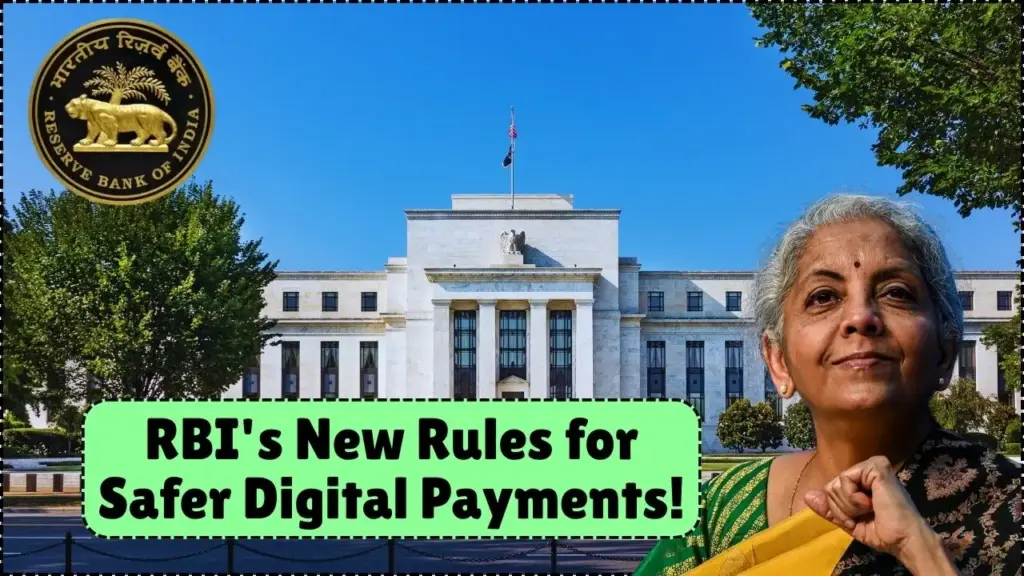
The core of this initiative is a strategic overhaul aimed at fortifying digital payment security in an era of rapidly evolving technology and increasing cyber threats. With the volume of online transactions soaring, the vulnerabilities of the current SMS OTP system such as delivery delays and susceptibility to fraud like SIM swapping have become more pronounced. The RBI’s new guidelines address these concerns head-on by mandating a more robust two-factor authentication (2FA) process. This move isn’t just about adding new rules; it’s about future-proofing India’s payment infrastructure, empowering consumers with safer, more convenient options, and ensuring the continued integrity of our digital economy.
New Rules for Payment Authentication
| Aspect | Details |
|---|---|
| Effective Date | April 1, 2026 |
| Mandatory Authentication | Two-factor authentication (2FA) for all digital payment transactions |
| Allowed Authentication Factors | Something the user knows (e.g., password, PIN), something the user has (e.g., card, token), and something the user is (e.g., biometrics) |
| Dynamic Factor Requirement | At least one of the two factors must be dynamically created and unique to each transaction |
| SMS OTP Status | Not mandated for discontinuation but will become one of several options available |
| Additional Risk Checks | Issuers are allowed to perform extra checks based on transaction risk, user behavior, and other contextual parameters |
| Cross-border Transactions | Additional validation will be required for international “card-not-present” transactions starting October 1, 2026 |
| Issuer Liability | Issuers must provide full compensation to customers for any losses resulting from non-compliance with these new rules |
| Data Protection Compliance | All authentication processes must adhere to the Digital Personal Data Protection Act, 2023 |
The Dawn of a New Rules for Payment Authentication Era
- For over a decade, the simple SMS OTP has been the trusted gatekeeper for our online transactions. It was a straightforward method that worked. However, as technology has advanced, so have the methods used by fraudsters. The RBI’s new “Authentication Mechanisms for Digital Payment Transactions Directions, 2025” acknowledges that it’s time for an upgrade.
- The new rules don’t completely banish SMS OTPs; instead, they demote them from the star player to a member of a larger, more versatile team. This is a crucial shift. The weaknesses of SMS OTPs, from annoying network delays to serious security risks like SIM-swapping attacks, have made it clear that relying on a single method is no longer enough to ensure digital payment security. This new era is about giving consumers more choice, more speed, and, most importantly, more security.
Understanding Two-Factor Authentication (2FA)
At the heart of this new framework is two-factor authentication (2FA), which will now be mandatory for every digital purchase and payment. Think of it as a double-lock system for your money. To confirm a transaction, you’ll need to provide two different types of proof that it’s really you. The RBI has clearly defined what these proofs can be, grouping them into three categories:
- Something You Know: This is secret information only you should have. It could be your account password, a debit card PIN, or a unique passphrase.
- Something You Have: This is a physical or digital item in your possession. It could be your credit card, a small hardware device (a security token), or a software-based token generated by an app on your phone.
- Something You Are: This is you! This category uses your unique biological traits for verification. Think of the fingerprint scanner on your phone, Face ID on an iPhone, or an Aadhaar-based authentication that scans your fingerprint or iris.
To approve any transaction, the system will require you to provide a combination of two of these factors, making it significantly harder for anyone unauthorized to get through.
The Shift to Dynamic and Diverse Authentication
One of the most powerful changes is the requirement that at least one of your authentication factors must be dynamic. In simple terms, this means it has to be a fresh, one-time-use code or approval generated specifically for that single transaction. An SMS OTP is a classic example of a dynamic factor, but the RBI is now pushing the industry to think beyond it.
This opens up a world of faster and more secure options, improving digital payment security while making your life easier. Soon, you can expect to see methods like these become common:
- Biometrics: Simply using your fingerprint or face on your phone to approve a payment.
- Authenticator Apps: Using an application like Google Authenticator or Microsoft Authenticator that generates a constantly changing, time-based code (TOTP).
- Push Notifications: Getting a simple “Approve” or “Deny” pop-up on your trusted smartphone for a pending transaction.
This flexibility encourages innovation, allowing banks and payment apps to build experiences that are both ultra-secure and incredibly smooth.
Enhancing Security with Risk-Based Checks
The RBI is also adding another layer of intelligence to the system by allowing banks and payment companies to use risk-based checks. This works like a smart security system that analyzes the context of a transaction to spot anything unusual. It will look at factors like:
- Is the transaction happening from an unfamiliar location?
- Is the purchase amount unusually large compared to your normal spending?
- Is the transaction coming from a device you’ve never used before?
If the system flags a transaction as potentially risky, it can ask for an extra layer of verification, even beyond the standard 2FA. This proactive approach to digital payment security helps stop fraud before it happens.
Securing International Transactions
If you’ve ever bought something from an international website, you’ll be glad to know the new rules also focus on securing these payments. The RBI has given card issuers until October 1, 2026, to set up better validation systems for recurring international “card-not-present” (CNP) transactions. This will help protect Indian consumers from fraud when shopping globally, providing a much-needed boost to cross-border digital payment security.
Accountability and Compliance
Perhaps one of the most consumer-friendly aspects of this new directive is the clear line of accountability. The RBI has made it plain: if you lose money because a transaction wasn’t properly authenticated according to these new rules, the bank or payment company must compensate you in full. This gives financial institutions a powerful incentive to get their security right and ensures better protection for your money. All companies must also handle your data according to the Digital Personal Data Protection Act, 2023, ensuring your privacy is respected. This strong stance on liability and privacy is a cornerstone of the new approach to digital payment security.
UK Shows Interest in UPI Partnership as AC Prices Drop After Tax Cut
FAQs on New Rules for Payment Authentication
1. Will SMS OTPs stop working after April 2026?
No, SMS OTPs will not stop working. However, they will no longer be the only option. Banks and payment platforms will offer a variety of other, more secure authentication methods, and SMS OTP will be just one choice among many.
2. What are the new authentication methods I can use?
You can expect to see methods like in-app push notifications (where you tap “approve” on your phone), biometrics (fingerprint or face ID), and software tokens from authenticator apps become more common for verifying payments.
3. Is this new system safer than what we have now?
Yes, it is significantly safer. By mandating two distinct factors of authentication and requiring at least one to be dynamic, the new system makes it much harder for fraudsters to gain unauthorized access to your accounts, greatly enhancing digital payment security.
4. What happens if I face fraud under the new system?
The RBI has mandated that if a fraudulent transaction occurs due to a bank’s or payment company’s failure to comply with the new 2FA rules, they are liable to compensate you for the entire loss without delay.
5. Do these rules apply to all my digital payments?
Yes, the new two-factor authentication rules will apply to all digital payment transactions, including those made via credit cards, debit cards, UPI, and net banking, to create a uniform standard for digital payment security across the board.

